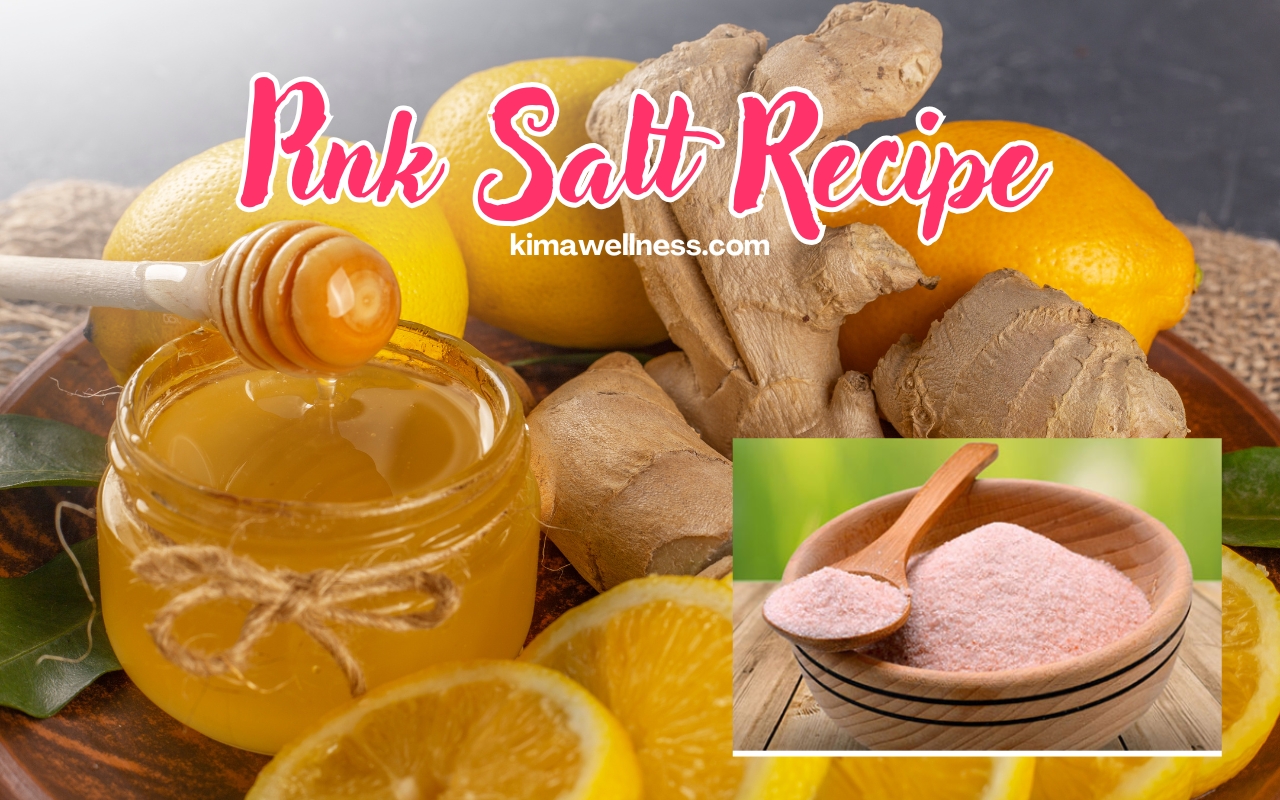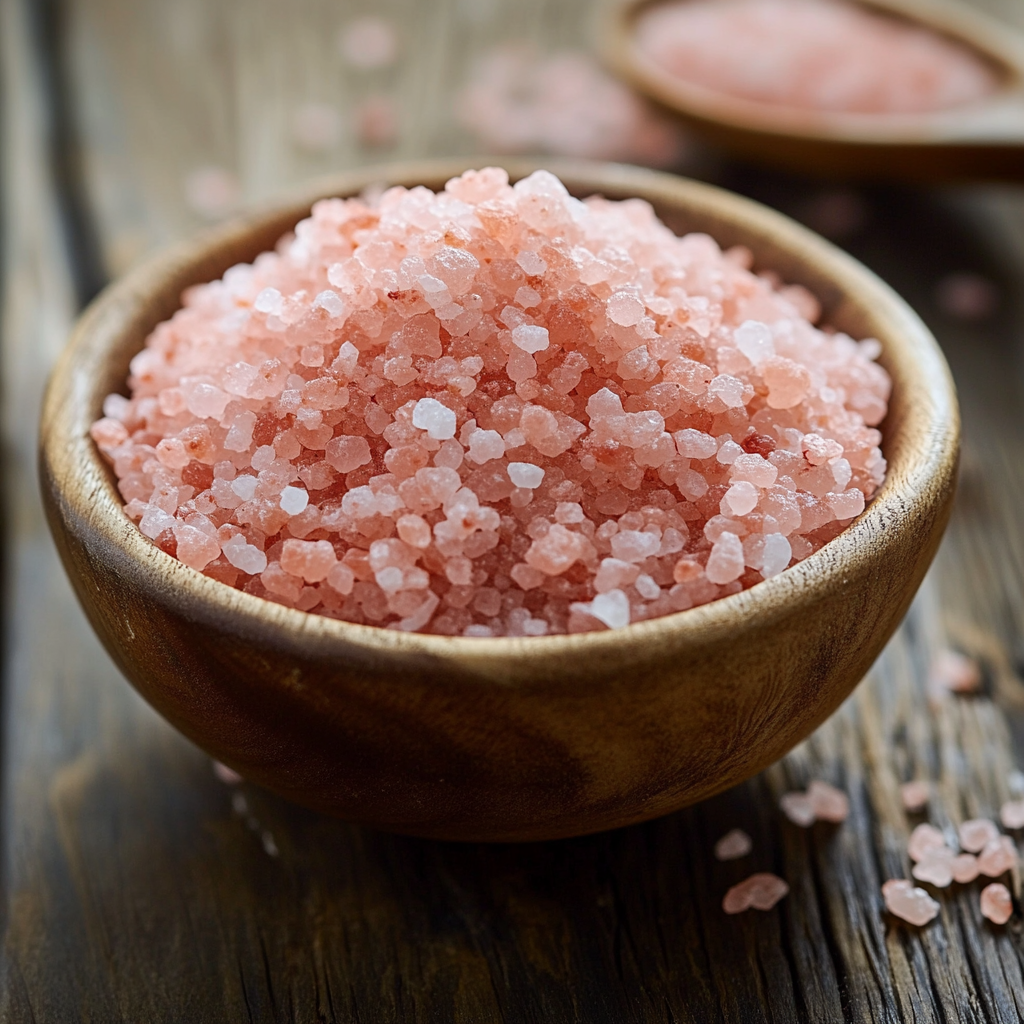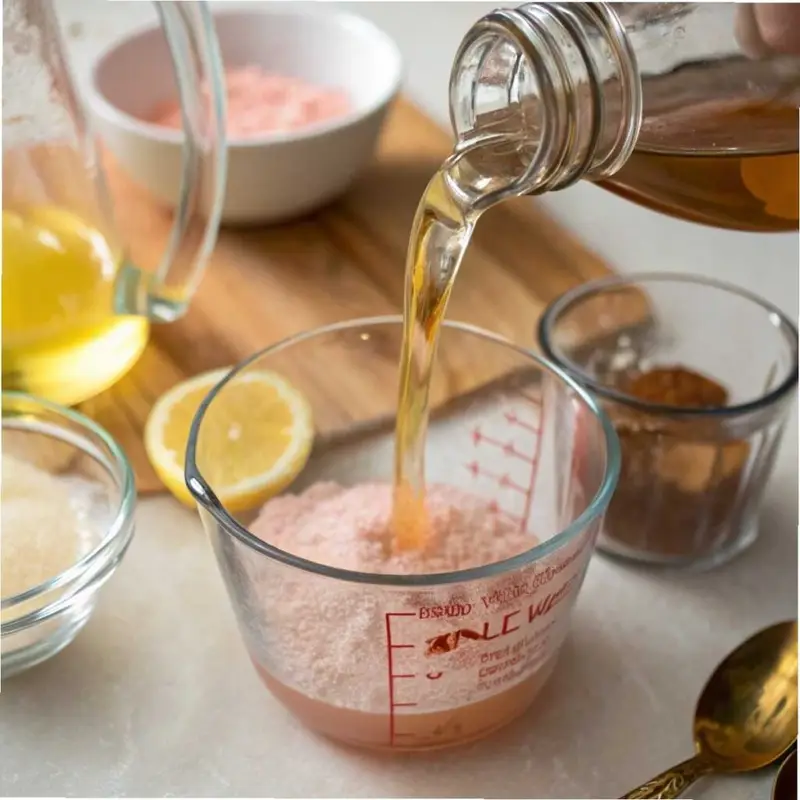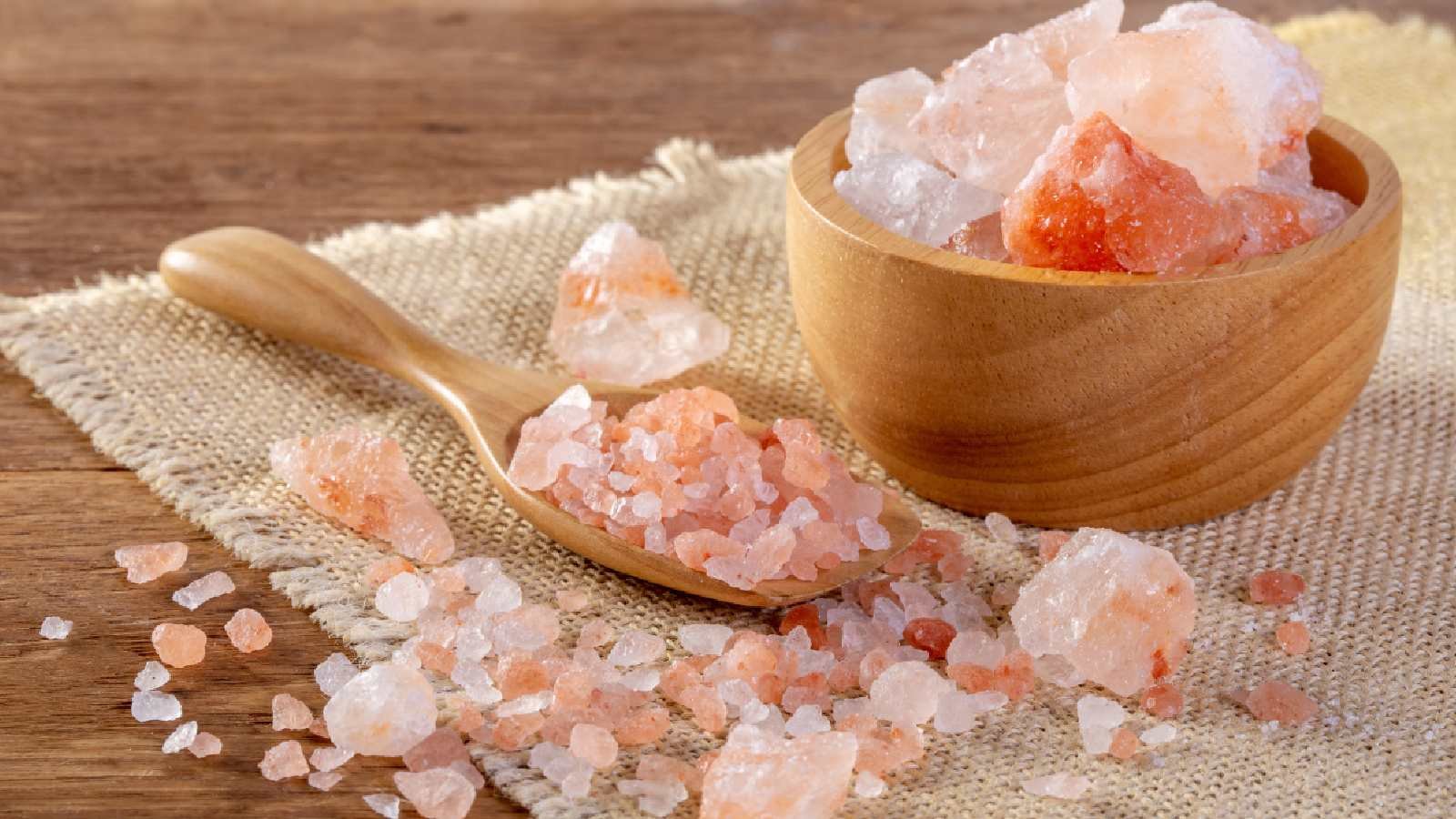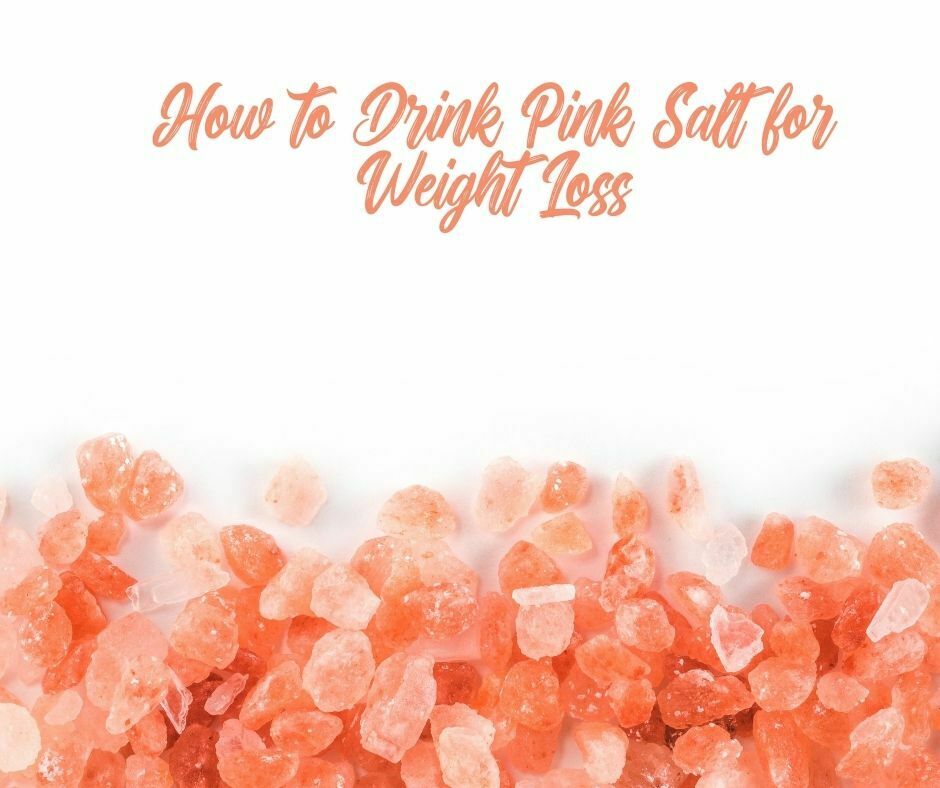Recipe For Pink Salt Weight Loss

Claims of pink Himalayan salt as a weight-loss miracle are circulating online, fueled by anecdotal evidence and marketing campaigns. But, is there scientific backing for these claims, or is it simply a case of clever marketing capitalizing on the health halo surrounding this popular salt?
This article delves into the purported weight-loss benefits of pink salt, examining the evidence, consulting experts, and separating fact from fiction. We will explore the mineral composition of pink salt and compare it to regular table salt, while scrutinizing the scientific basis for any potential link to weight management.
What is Pink Himalayan Salt?
Pink Himalayan salt is a type of rock salt mined from the Punjab region of Pakistan, near the Himalayas. Its characteristic pink hue comes from trace minerals such as iron, potassium, and magnesium.
Proponents often tout it as a healthier alternative to regular table salt due to its mineral content. However, the amounts of these minerals are relatively small and may not significantly contribute to overall health.
The Claims: Pink Salt and Weight Loss
The primary claims surrounding pink salt and weight loss typically center on its purported ability to boost metabolism, detoxify the body, and regulate fluid balance.
Some proponents suggest that the minerals in pink salt can help stimulate metabolism, leading to increased calorie burning. Others claim it can help flush out toxins, which in turn supports weight loss.
Examining the Evidence
Currently, there is no direct scientific evidence to support the claim that pink Himalayan salt directly causes weight loss. Existing research primarily focuses on the effects of sodium intake in general, rather than specifically on pink salt.
Studies on sodium and weight management indicate that high sodium intake can lead to water retention, which can temporarily increase body weight. Conversely, reducing sodium intake can lead to water loss.
"There is no credible scientific study demonstrating that pink Himalayan salt has any unique weight-loss properties compared to regular table salt," states Dr. Emily Carter, a registered dietitian specializing in weight management.
Mineral Content: Does it Make a Difference?
While pink salt does contain trace minerals, the quantities are unlikely to have a significant impact on weight loss or overall health. The primary component of both pink salt and table salt is sodium chloride.
A typical serving of pink salt contains very small amounts of minerals like potassium, calcium, and magnesium. These amounts are often negligible compared to what can be obtained from a balanced diet.
According to the National Institutes of Health (NIH), a balanced diet rich in fruits, vegetables, and whole grains is a far more effective way to obtain essential minerals than relying on pink salt.
Fluid Balance and Detoxification: Separating Fact from Fiction
The notion that pink salt can "detoxify" the body is a marketing claim not supported by scientific evidence. The human body has its own efficient detoxification system involving the liver and kidneys.
While adequate hydration is crucial for overall health, drinking water with pink salt is unlikely to enhance the body's natural detoxification processes. Furthermore, excessive sodium intake can actually hinder fluid balance.
"The body regulates fluid balance through a complex system involving hormones and electrolytes, and it does this perfectly well without any special salts," emphasizes Dr. David Lee, a nephrologist at a leading medical center.
Potential Risks and Considerations
Regardless of the type, excessive sodium intake can lead to health problems such as high blood pressure, heart disease, and stroke. The American Heart Association (AHA) recommends limiting sodium intake to no more than 2,300 milligrams per day for most adults.
While pink salt may be perceived as healthier, it still contains sodium, and overconsumption can pose health risks. Individuals with pre-existing health conditions, such as kidney disease or heart failure, should be particularly cautious about their sodium intake.
Those considering using pink salt as part of a weight-loss strategy should consult with a healthcare professional or registered dietitian to ensure it aligns with their individual health needs and does not interfere with any existing medical conditions.
The Bottom Line
The claim that pink Himalayan salt promotes weight loss lacks scientific backing. While it does contain trace minerals, the amounts are insignificant, and it does not possess unique properties that contribute to weight management.
Focusing on a balanced diet, regular exercise, and adequate hydration remains the most effective and scientifically sound approach to achieving and maintaining a healthy weight.
Consumers should be wary of unsubstantiated health claims and prioritize evidence-based strategies for weight loss and overall well-being. Remember, a healthy lifestyle is built on sustainable habits, not quick fixes.





